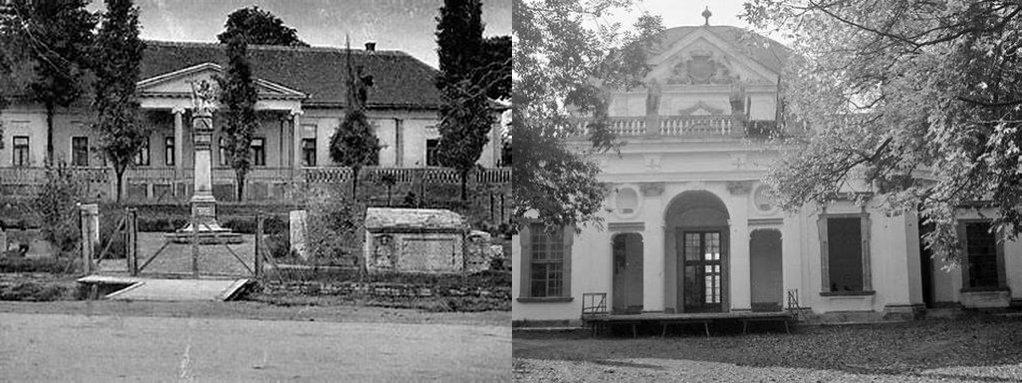
Orosz-kúria, the stately mansion nestled in the sleepy village of Gesztely in northeastern Hungary, is not the kind of place that shouts its presence. It’s more like a gentle whisper from the past, squarely rooted in the landscape but quietly waiting for curious visitors to discover its charm. Arriving in Gesztely, you’ll likely notice the everyday rhythms of village life, but a walk or short drive brings you suddenly to this elegant slice of Hungarian heritage, where time slows and stories echo between pale yellow walls and grand, arched windows.
The house dates back to the mid-19th century, a period when Hungary, like much of Europe, was buzzing with social, political, and architectural change. The Orosz family – not related to Russia as the name might suggest, but a proud local lineage – built this mansion as both a working estate and a symbol of their status. With its neat, classicist proportions and pleasantly understated ornamentation, the mansion perfectly expresses the era’s taste for balance and elegance rather than ostentation. This wasn’t a palace for grand dukes, but a true manor house for landed gentry, and walking through its gardens now, you can almost sense the patterns of rural aristocracy still lingering in the air.
It’s easy to imagine mustachioed gentlemen and elegantly-dressed ladies crossing the former gravel driveway in the late afternoon light, the sound of a string quartet floating through open windows. But the mansion was always more than its pretty façade. It played a central role in the life of Gesztely, acting as a focal point for the community. The Orosz family not only managed local land and agricultural ventures from here, but participated in the intellectual ferment of 19th-century Hungary, hosting gatherings of writers, civic leaders, and artists. In this sense, the mansion is a window onto a lost world—a time when rural estates were not only economic engines but small cultural capitals that tied the Hungarian countryside together.
Time, of course, leaves its mark on places like this. Through the 20th century’s tumults—the world wars, shifting regimes, and waves of nationalization—the mansion was repurposed as a school, an administrative building, and even housing for state employees. The Orosz family lost possession for decades, and like so many Hungarian mansions, the building itself suffered from neglect and the stress of changing fortunes. Yet even tucked behind honeysuckle and chestnut trees, the mansion’s old-world dignity remained intact. Its barrel-vaulted ceilings and original wooden stairs might show their age, but there’s an authenticity here—a sense of perseverance and memory woven into each weathered brick.
One of the joys of visiting the Orosz Mansion today lies in its atmosphere. Unlike the more frequently-toured castles and museums of Budapest and the Balaton, this is a place not packed with tour groups and gift shops, but with gentle silences and the occasional birdsong. Set amidst a spacious park, the mansion and its grounds are especially pleasant for afternoon strolls. The old ornamental trees, some more than a hundred years old, create little patches of shade and sunlight, perfect for a handheld picnic or simply sitting and watching the world go by. For photography enthusiasts and architectural buffs, every angle is a chance to play with the stately lines and the slow, soft decay that lends the structure its romantic charm.
Local community efforts in recent years have helped breathe new life into the mansion. Occasional guided tours, cultural events, and temporary exhibitions are held here, showcasing not only the history of the Orosz family and their estate, but also the broader story of rural Hungary’s gentry. Visitors with a taste for art will notice the traces of neoclassical style—arched doors, stucco details, and symmetrical layouts—as well as modest but evocative remnants of everyday life: fragments of old wallpaper, creaking floorboards, and sun-faded portraits. It’s history you can feel, not just observe.
A trip to Orosz-kúria in Gesztely is for those who prefer their heritage sites with a touch of melancholy and magic—where the beauty of a building is something to experience quietly, at your own pace. There’s no elaborate signage, and the story unfolds with each step and glance. Sometimes, the best kind of travel is the kind that lets you simply wander, absorb, and wonder at the way the past continues to inhabit the world. For anyone with a love of history, architecture, or just a good story, Orosz Mansion is an understated gem waiting to be discovered.





